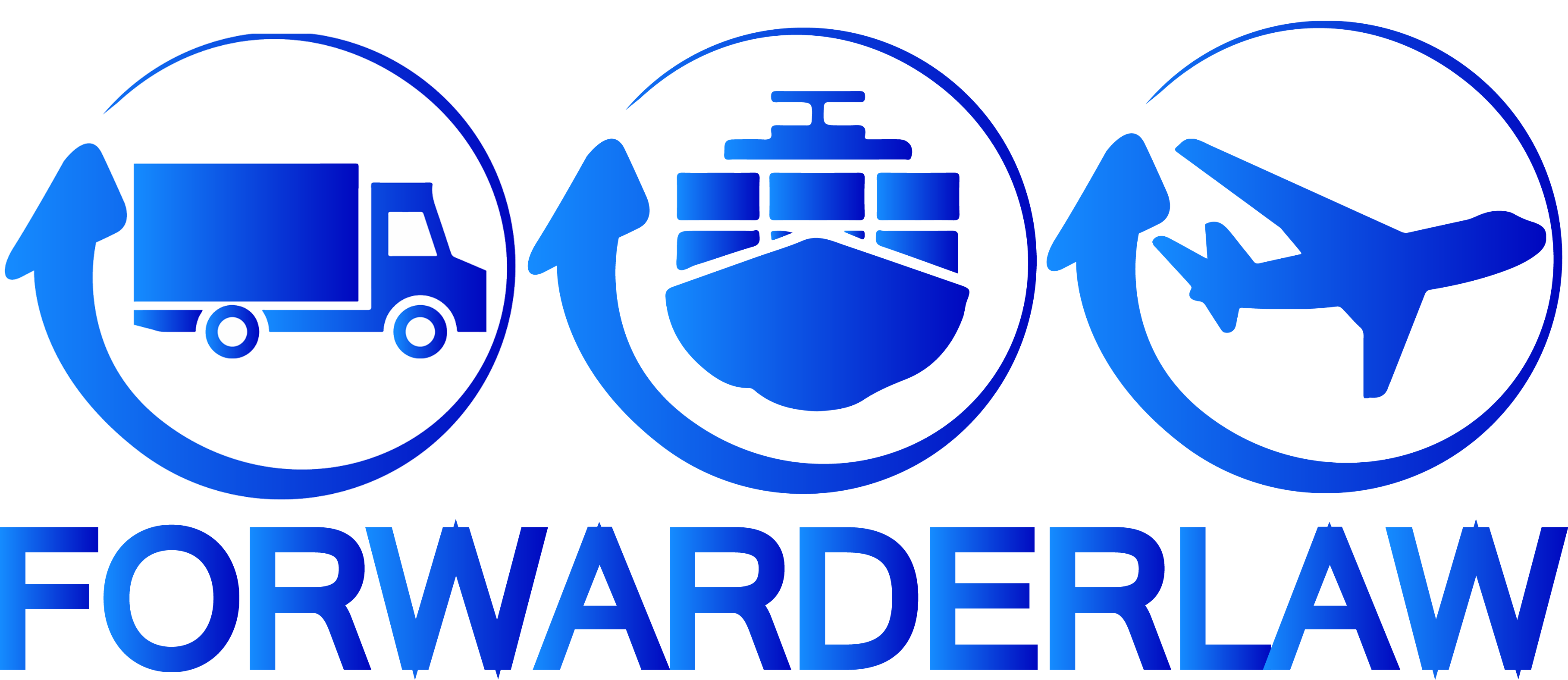Gavin Magrath, Magrath’s International Legal Counsel, Toronto, Canada
Countries around the world are scrambling to respond to a global trade war launched by Donald Trump, but the US-Canada relationship stands out as one of the most chaotic.
Canada is one of America’s top trading partners, with exports to Canada representing about 10% of America’s total exports; America, on the other hand, is the destination for more than 70% of Canada’s exports.
The initial round of US tariffs was announced for February 4th, but an agreement was reached on Feb 3rd that delayed implementation until March 4th. This first round saw essentially global tariffs of 25% applied to all imports from Canada except for oil and energy, which were tariffed at 10%. Canada retaliated with its own 25% tariff on many imported American goods.
Strangely, although the 25% base tariff rate was announced to apply to virtually every country in the world, Trump argued that, with respect to Canada, the tariffs were intended to prompt tighter border security and stop the flow of fentanyl from Canada to the USA. Canada is not a major source of fentanyl and in 2024 total seizures by US Customs at the Canadian border amounted to approximately 15 kg, or less than 1% of all seizures.
Only 2 days later, on March 6th, Trump exempted goods compliant with the existing Canada-US-Mexico trade agreement (CUSMA) from tariffs. In spite of the sound and fury, this means an estimated 85% of Canada-US trade remains tariff-free. CUSMA is due to be renegotiated and renewed in 2026.
The next day, however, the war was back on, with Trump threatening tariffs of 250% or more on Canadian lumber and dairy. These tariffs were, like many others, incorrectly described as “reciprocal”. Canada has a quota on imported dairy products under which a certain volume can be imported tariff-free, while volumes exceeding the quota would in theory face steep tariffs. In reality, the volume of dairy imported to Canada from the USA has never exceeded the quota and the quota tariff rate has never been activated.
Excluded from the CUSMA tariff regime were steel and aluminum imports, which were set to face a 25% tariff starting March 12th. On March 10th Doug Ford, the Premier of Ontario, announced a 25% surcharge on electricity exports to northern states such as Michigan and New York. In retaliation, Trump announced on March 11th that Canada would face 50% tariffs on steel and aluminum exports to the US, instead of 25%. Later that day both parties walked back these increases.
Also excluded from the general tariff regime were automobiles and parts. Canada and the US have an integrated auto manufacturing sector, with significant production of parts and assembly of vehicles happening in Canada, and elements of vehicles frequently crossing the border multiple times during the production process. On March 27th Trump announced a 25% tariff on these movements would start on April 2nd, and this doubled to 50% in June.
On June 27th, Trump announced that trade talks with Canada were suspended; this decision was reversed on June 29th after Canada scrapped its proposed digital services tax. The tax had been signed into law but not yet implemented, and in the result no such taxes were ever paid.
In July, Trump announced tariffs on Canda would increase to 35% starting August 5th, and once again suggested that movement of fentanyl was a driving factor behind the tariff regime.
In August, Canada adopted the “CUSMA compliant” approach which resulted in the elimination of many of the retaliatory tariffs that had been put into place. Negotiations continued through September and October, but no significant progress was made.
And then the Toronto Blue Jays won the American League title and made it to the World Series – admittedly, a strange name for an event that includes no other countries in the world.
Sensing an opportunity, Premier Doug Ford once again waded into the fray, this time with a slick advertising campaign that would show during the World Series games featuring the voice of Ronald Reagan, using excerpts from a speech he made when announcing tariffs on Japanese-made automobiles in 1987.
The ad reached at least one American: Donald Trump. He took to social media in outrage, calling the campaign “Cheating” and a “fraud”, and although the ad was pulled after Game 2, the on-again-off-again trade negotiations are once again off.

